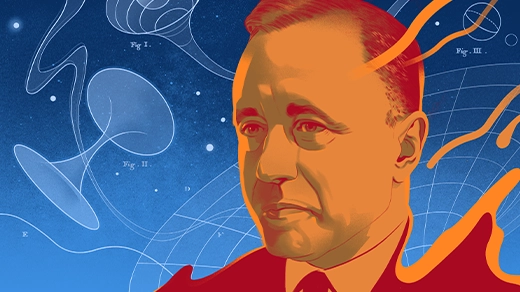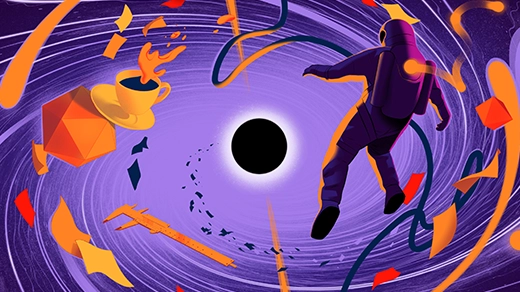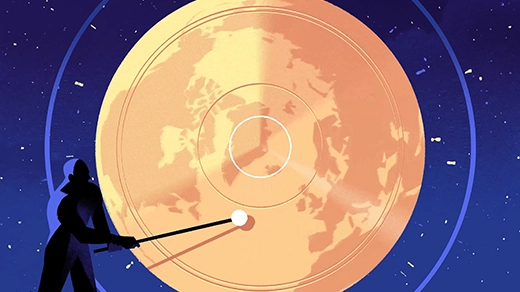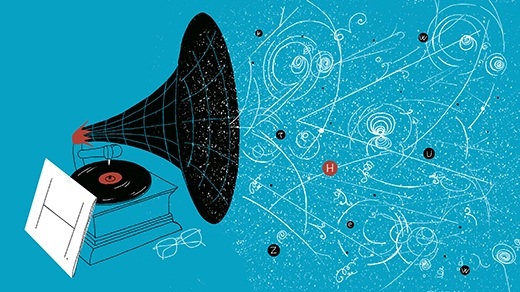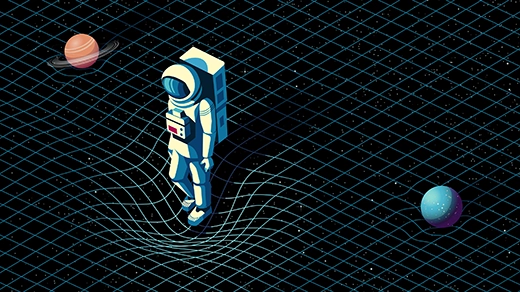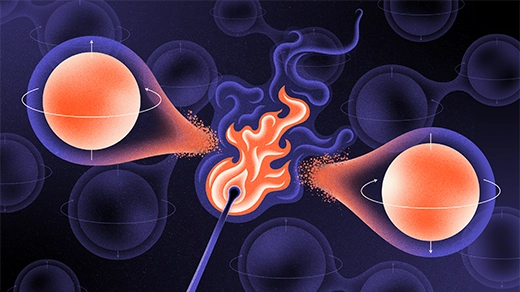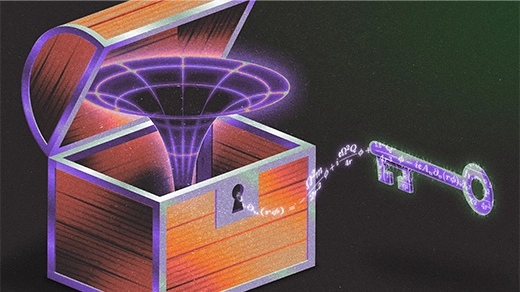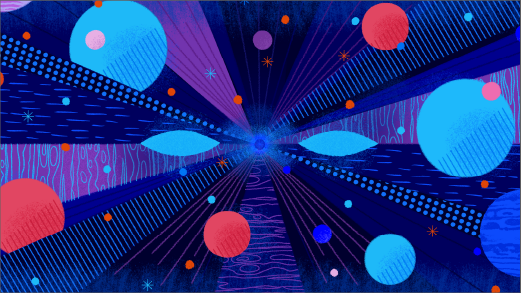What's up in
Physics
Latest Articles
John Wheeler Saw the Tear in Reality
Until his dying days, the giant of 20th-century physics obsessed over the underpinnings of space and time, and how we can all share the same version of them.
The Unraveling of Space-Time
This special issue of Quanta Magazine explores the ultimate scientific quest: the search for the fundamental nature of reality.
The Search for What Shook the Earth for Nine Days Straight
Last year, an immense but brief outburst of seismic energy was soon followed by a long hum that made the world ring. Finding its cause took 68 scientists and an assist by the Danish military.
Can Thermodynamics Go Quantum?
The Industrial Revolution brought us the laws of thermodynamics, and new ideas about work, energy and efficiency. In this episode, co-host Steven Strogatz speaks with theoretical physicist Nicole Yunger Halpern about what these concepts might mean in the age of quantum mechanics.
How the Higgs Field (Actually) Gives Mass to Elementary Particles
In this article adapted from his new book, "Waves in an Impossible Sea," physicist Matt Strassler explains that the origin of mass in the universe has a lot to do with music.
Do We Need a New Theory of Gravity?
Since Newton had his initial revelation about gravity, our understanding of this fundamental concept has evolved in unexpected ways. In this week’s episode, theoretical physicist Claudia de Rham and co-host Janna Levin discuss the ways our current understanding of gravity needs to continue to evolve.
Computer Scientists Prove That Heat Destroys Quantum Entanglement
While devising a new quantum algorithm, four researchers accidentally established a hard limit on entanglement.
Mathematicians Prove Hawking Wrong About the Most Extreme Black Holes
For decades, extremal black holes were considered mathematically impossible. A new proof reveals otherwise.
Diminishing Dark Energy May Evade the ‘Swampland’ of Impossible Universes
The largest-ever 3D map of the cosmos hints that the dark energy that’s fueling the universe’s expansion may be weakening. One community of theoretical physicists expected as much.
